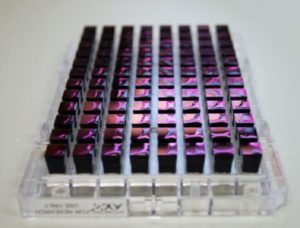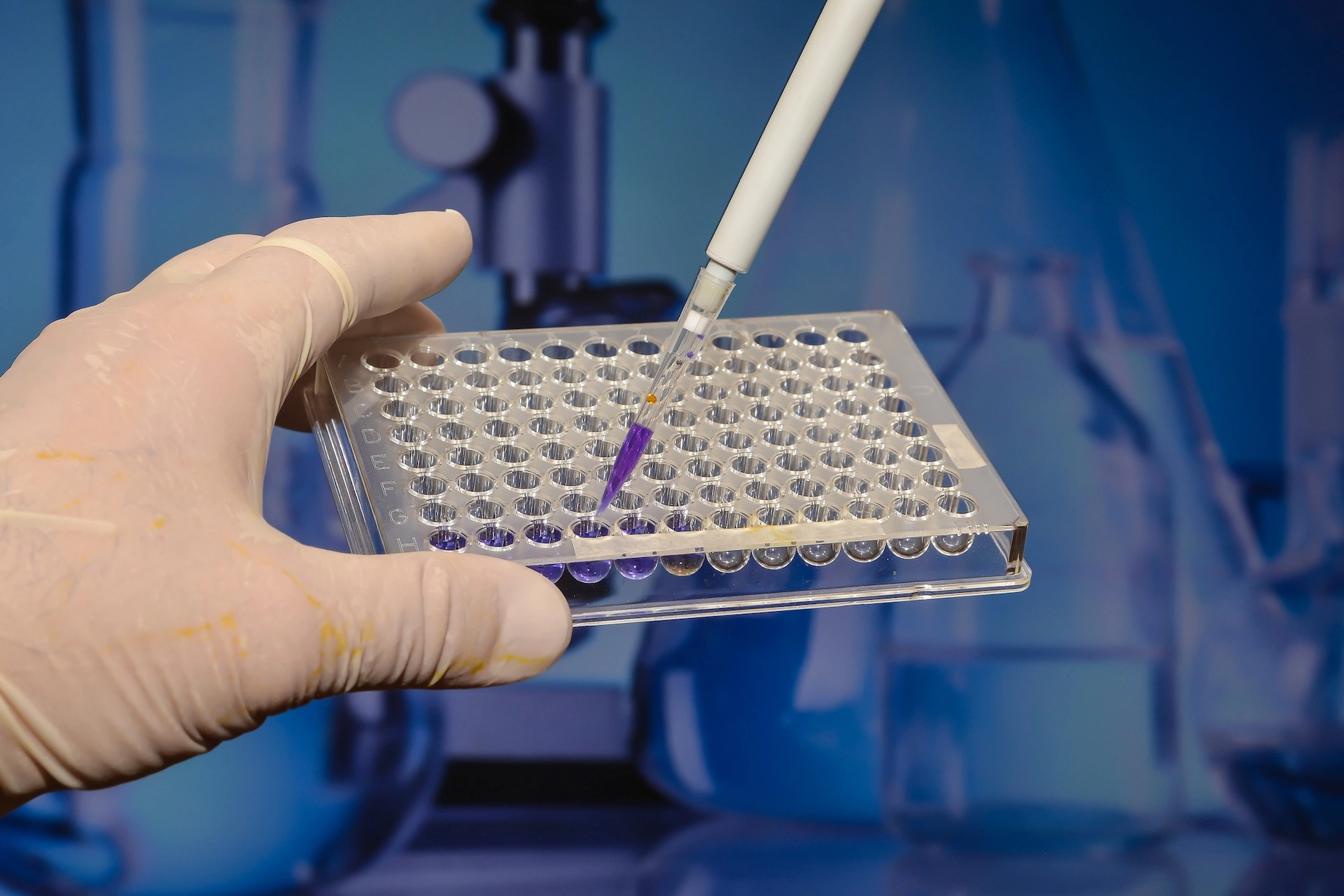Analysis of DNA from nearly 70,000 Kaiser Permanente Northern California (KPNC) patients uncovered 47 specific positions, or loci, in the genome that are associated with variations in pressure inside the eye. The findings, which could help clarify how elevated eye pressure leads to glaucoma, were published on December 13, 2017, in Nature Communications.
“This is a much larger number of genetic predictors associated with intraocular pressure than ever reported before,” said senior study author Eric Jorgenson, PhD, Research Scientist at the Kaiser Permanente Division of Research. “Previously there were just 11 independent hits, so this is a big step forward.”
Eye pressure, or intraocular pressure, is primarily maintained by liquid that flows across the lens of the eye to keep it healthy. Insufficient drainage of this liquid increases the pressure, which can lead to glaucoma, a condition involving optic nerve damage and loss of peripheral vision. Glaucoma is a leading cause of blindness worldwide.
“Elevated intraocular pressure is the only known modifiable risk factor for glaucoma and is most often treated with pressure-lowering eye drops,” said study co-author and KPNC ophthalmologist Ronald Melles, MD. “Knowing which genes are involved, and how, could suggest new avenues for development of novel treatments.”
The research team compared the DNA of 69,756 KPNC patients, as well as measurements of their intraocular pressure from routine eye exams. The researchers looked for single-nucleotide polymorphisms (SNPs)—variations at specific points in the genome—that occurred significantly more often in people with higher eye pressure.

The analysis identified SNPs that were strongly associated with higher intraocular pressure at 47 loci in the genome, 40 of which had not been found in any previous study of this kind. Further analysis of data from almost 40,000 additional patients in a prior study confirmed the statistical strength of 30 of the newly identified loci.
Jorgenson attributes the surge in hits to the study’s rich dataset. All participants were members of the Genetic Epidemiology Research in Adult Health and Aging (GERA) Cohort, a group of over 100,000 adults who had all been KPNC members for at least two years and volunteered to provide saliva or blood samples for genetic analysis.
GERA is a subgroup of KPNC patients participating in the Research Program on Genes, Environment and Health (RPGEH), which investigates genetic and environmental effects on common diseases. The cohort was established in an effort to build a Kaiser Permanente research bank of genetic information linked with electronic health records that could by researchers and collaborators at other institutions. This study is one of dozens that have been published using GERA data.
“Our partnership with patients in the GERA cohort and the ability to use their longitudinal electronic health records at Kaiser Permanente allowed us to do this type of genomic analysis on a massive scale in a single study,” said lead author Hélène Choquet, PhD, staff scientist at the Kaiser Permanente Division of Research.
The study incorporated intraocular pressure data from an average of about five office visits per person; most past studies have relied on just one measurement per eye per person. Use of GERA data also ensured that people with European, Latino, Asian, and African ancestry were well represented, in contrast with previous studies that involved populations of primarily European descent.
The research team is now taking a closer look at the genes closest to the loci associated with intraocular pressure to determine what roles they may play in glaucoma development. Using GERA patient data, for instance, they have already found that some of the newly identified loci are associated with increased risk of glaucoma, and some are not.
“We don’t know the exact mechanisms behind elevated intraocular pressure” Jorgenson said. “A better understanding of the genes involved could help clarify how it develops and how it leads to glaucoma.”
Jorgenson and his research group are extending this work to determine the role of genetic risk factors for intraocular eye pressure in glaucoma susceptibility, supported by a grant from the National Eye Institute.
Additional co-authors in the study were Khanh K. Thai, MS, Jie Yin, MPH, Catherine Schaefer, PhD, of the Kaiser Permanente Division of Research; and Thomas J. Hoffmann, PhD, Mark N. Kvale, PhD, Yambazi Banda, PhD, Neil Risch, PhD, and K. Saidas Nair, PhD, of University of California, San Francisco.





This Post Has 0 Comments